The ocean is an intriguing, beautiful, somewhat terrifying place. With countless different aquatic species, an unbelievable amount of water, and vast unexplored regions, the ocean is broken into the “seven seas”: the Arctic, North Atlantic, South Atlantic, North Pacific, South Pacific, Indian, and Southern Oceans. Altogether, these oceans make up 71% of the Earth — and 96.5% of the Earth’s water. Do you know how many gallons that is?
When you think of the ocean, your mind likely transports you to a warm, sunny beach with clear skies and deep blue waters. However, the ocean is far more than just a gorgeous summer attraction or vacation destination. Here are ten mind-blowing facts about the ocean — including how many gallons of water it holds.
1. There Are 352,670,000,000,000,000,000 Gallons of Water in the Ocean
You read that correctly — the ocean is made up of around 352,670,000,000,000,000,000 gallon-sized milk containers of water. That’s an estimated 1,335,000,000 cubic kilometers (321,003,271 cubic miles) of water. The vastness and depth of the ocean contribute to its wonder. With that much water and Earth’s constant changes, it’s impossible for the ocean to ever be fully explored — which leads us to the next mind-blowing ocean fact.
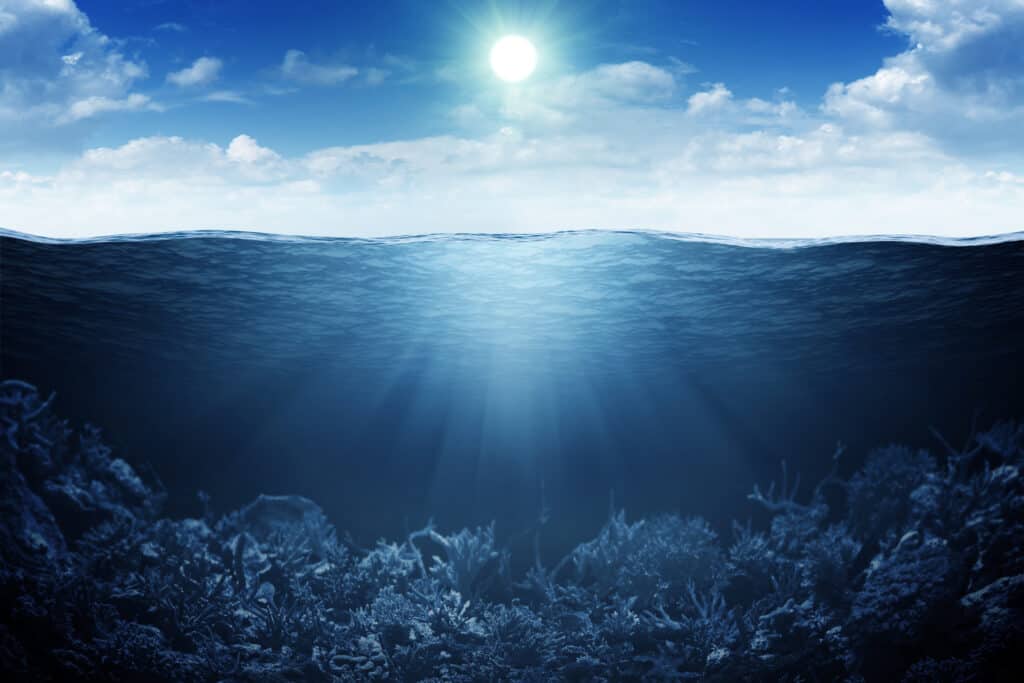
The ocean makes up 96.5% of the Earth’s water.
©iStock.com/Korovin
2. Only 5% of the Ocean Has Actually Been Explored
The ocean is a crucial part of our planet, contributing to our oxygen supply and affecting all living beings, yet we have only explored 5% of it. This leaves much of the ocean still unchartered and unknown — an interesting yet eerie fact. However, this is not due to a lack of trying.
Oceanographers dedicate their time to exploring the ocean and its many characteristics. Oceanography is a branch of science that studies the various branches, including:
- Biological: This branch studies the plants and animals within the ocean (but it’s impossible to identify all of them — more on that later).
- Geological: This branch focuses on the formations on the seafloor as they relate to seismic activity. This helps scientists make more accurate weather predictions, specifically for tsunamis and earthquakes.
- Physical: This branch focuses on the ocean’s physical characteristics (such as the seafloor) and their relation to the coastline, atmosphere, and living organisms. It also studies the impacts of climate change, pollution, and other human activities on the ocean’s physical features.
- Chemical: This branch of oceanography deals with the chemical composition of ocean water, as well as the impacts of weather patterns, human activities, and transportation on its composition.
Despite all of their exploration, with the number of gallons of water in the ocean, it’s impossible to explore it all.
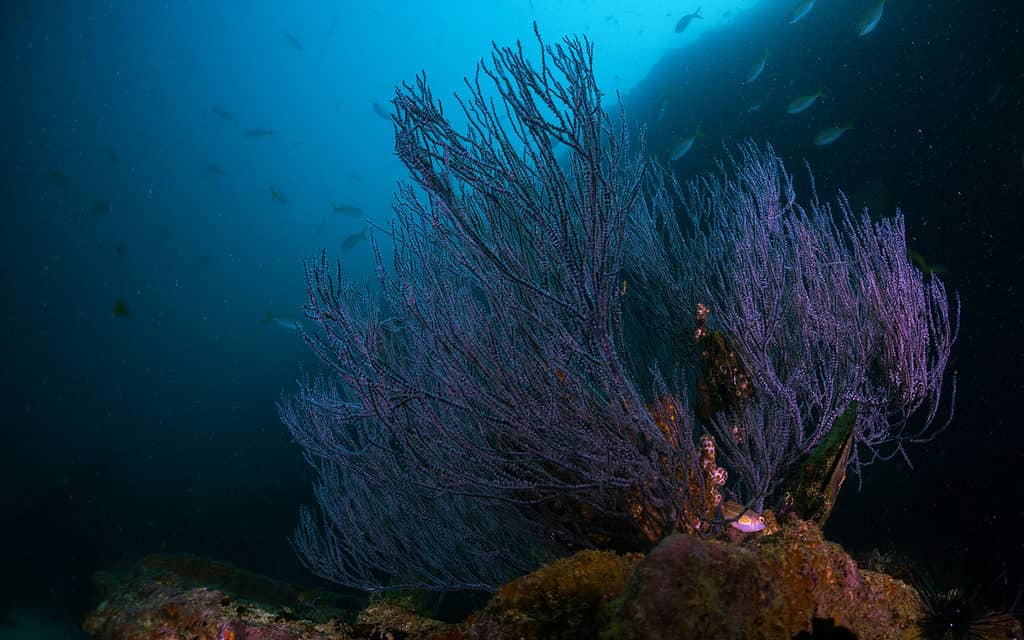
Most of the ocean remains unexplored.
©Bangtalay/Shutterstock.com
3. Scientists Estimate only 9% of Ocean Species Have Been Classified
In other words, a whopping 91% of living organisms in the ocean haven’t even been discovered. According to the Ocean Census, there are likely 2.2 million species in gallons upon gallons of ocean water, with only 240,000 of them classified. However, the number of known and unknown species is decreasing due to unhealthy ecosystems and extinction.
Within the next ten years, the Ocean Census is dedicated to discovering 100,000 unclassified species using new technologies. This is an important effort to better understand and protect the ocean’s ecosystems — especially during the ongoing climate crisis.

There are millions of unknown species living in the ocean.
©iStock.com/johnandersonphoto
4. The Deepest Part of the Ocean is an Estimated 10,935 Meters Deep
The ocean’s deepest point is called the Challenger Deep and is located at the southern end of the Mariana Trench. Challenger Deep is approximately 10,935 meters (35,876 feet) deep — almost seven miles. For reference, the average depth of the ocean is 3,688 meters (12,100 feet). Very few people have explored this location, as it’s extremely dangerous to travel that deep without your submersible imploding, with most unequipped for those depths. For every 33 feet that you descend in the ocean, the pressure goes up by one atmosphere.
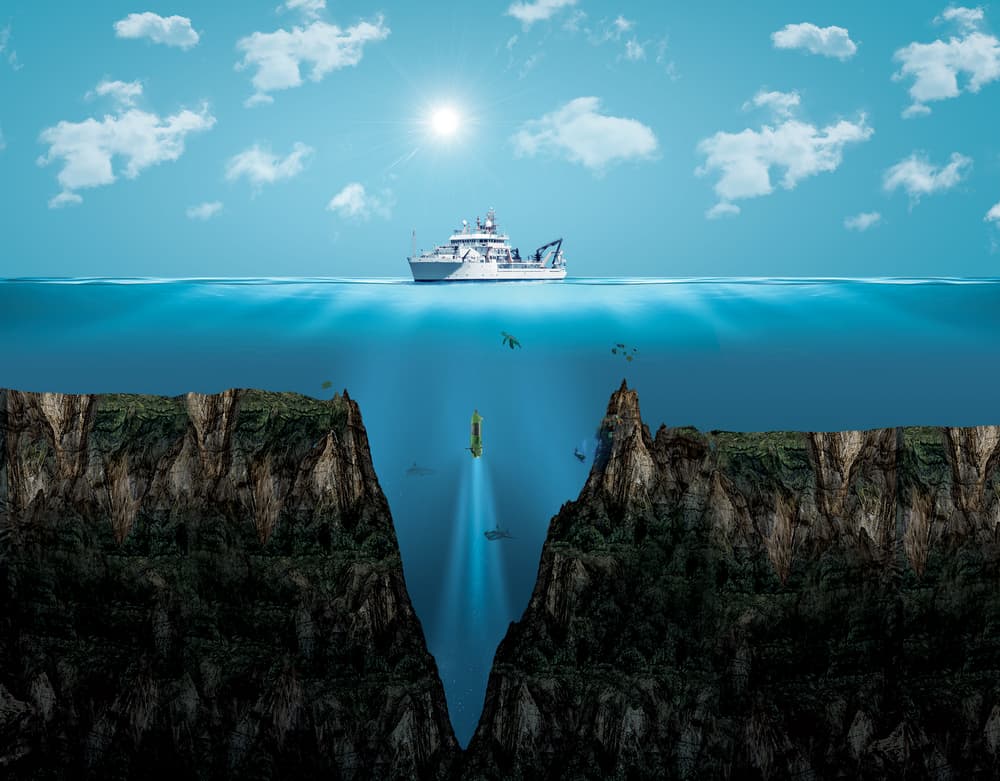
The Mariana Trench is the deepest part of the ocean — so deep it could fit Mount Everest inside.
©DOERS/Shutterstock.com
5. There Are Over 3 Million Estimated Shipwrecks in the Ocean
Experts believe there are over 3 million shipwrecks in the ocean, with less than 1% of them explored. The ocean can be a dangerous, unpredictable place, easily impacted by weather patterns and difficult to navigate. In fact, most shipwrecks are caused by bad weather and severe storms, which can break even the sturdiest of ships. Other causes of shipwrecks include collisions, explosions, ice, standings, and poor sailor judgment.
Some of the most well-known shipwrecks include RMS Titanic, RMS Lusitania, MV Doña Paz, MV Wilhelm Gustloff, Vasa, SS Edmund Fitzgerald, RMS Republic, Mary Rose, and USS Arizona. Given the gallons of water the ocean holds, we will never find all the shipwrecks beneath its surface.

The ocean is an unpredictable and dangerous place — even for the most experienced sailors.
©andrejs polivanovs/Shutterstock.com
6. The Ocean Contains Lakes and Rivers
You might be wondering how it’s possible for the ocean to feature other bodies of water in it. The ocean is made up of diverse landscapes, and lakes and rivers can form from dissolved salt layers that make depressions within the seafloor. The dissolved salt also makes the water denser than the rest of the seawater around it, which is why it will settle into the depressions and appear like an actual lake or river. These bodies of water feature shorelines and even waves. Some are as large as a few miles.
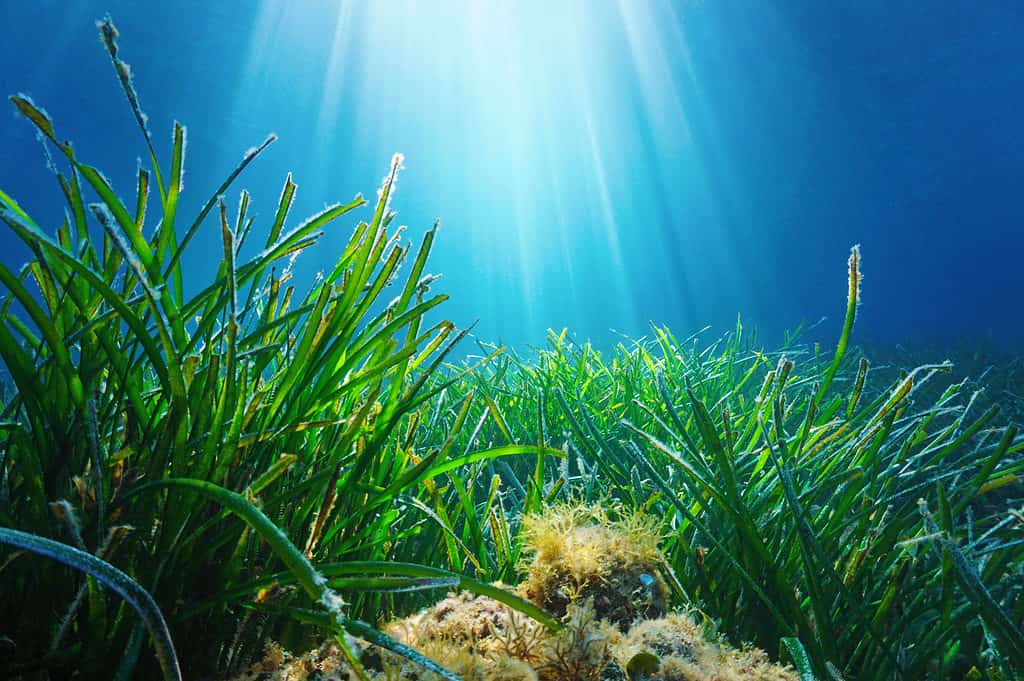
There are many ecosystems living beneath the ocean.
©Damsea/Shutterstock.com
7. The Ocean is Filled with Gold
While it’s highly diluted and not at all accessible, there is a decent amount of gold in the ocean. Occurring in small concentrations, there is about one gram of gold for every 100 million metric tons of ocean water in the Atlantic and North Pacific, according to the National Oceanic and Atmospheric Administration (NOAA).
There is undissolved gold on the ocean floor, but that’s a mile or two deep. Additionally, the gold found on the seafloor requires mining to extract it for a profit. While you likely won’t resurface from the ocean as a rich person, you can still rest easy knowing you’re swimming among the treasure.

While there is gold in the ocean, you won’t hit the jackpot by searching for it.
©Susann Guenther/Shutterstock.com
8. The Ocean Contributes to 50% of Our Oxygen Supply
According to scientists, 50% of the Earth’s oxygen supply comes from the ocean. However, marine life mostly consumes this oxygen, as many of the ocean’s organisms require oxygen to survive.
The supply comes from drifting plants, algae, and bacteria that can photosynthesize. Its main source is a species called Prochlorococcus. Despite it being the smallest photosynthetic organism on Earth, it produces up to 20% of the oxygen in our entire biosphere. For reference, that’s more oxygen than all of the tropical rainforests on Earth produce.
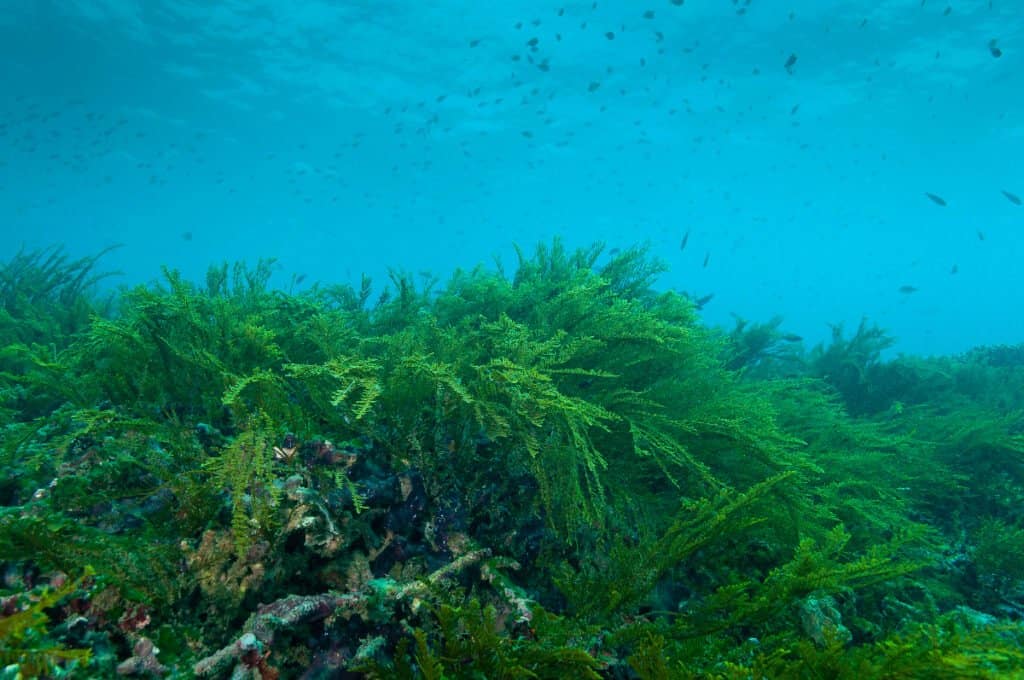
You can find many types of plants in the ocean, contributing to its oxygen supply.
©Jesus Cobaleda/Shutterstock.com
9. The Ocean Gets Its Color From the Sunlight
As you know, different parts of the world have different-colored ocean water — or at least it appears that way. For example, some beaches have turquoise waters while others have deeper blue oceans. This is because the ocean absorbs sunlight — specifically, the red part of its spectrum — and filters out the blue colors of its spectrum.
Depending on floating sediments and particles in the water, the ocean might also appear green, red, or other colors. And, since most of the ocean doesn’t get any light, it can be completely dark and void of that blue color you’d typically see.
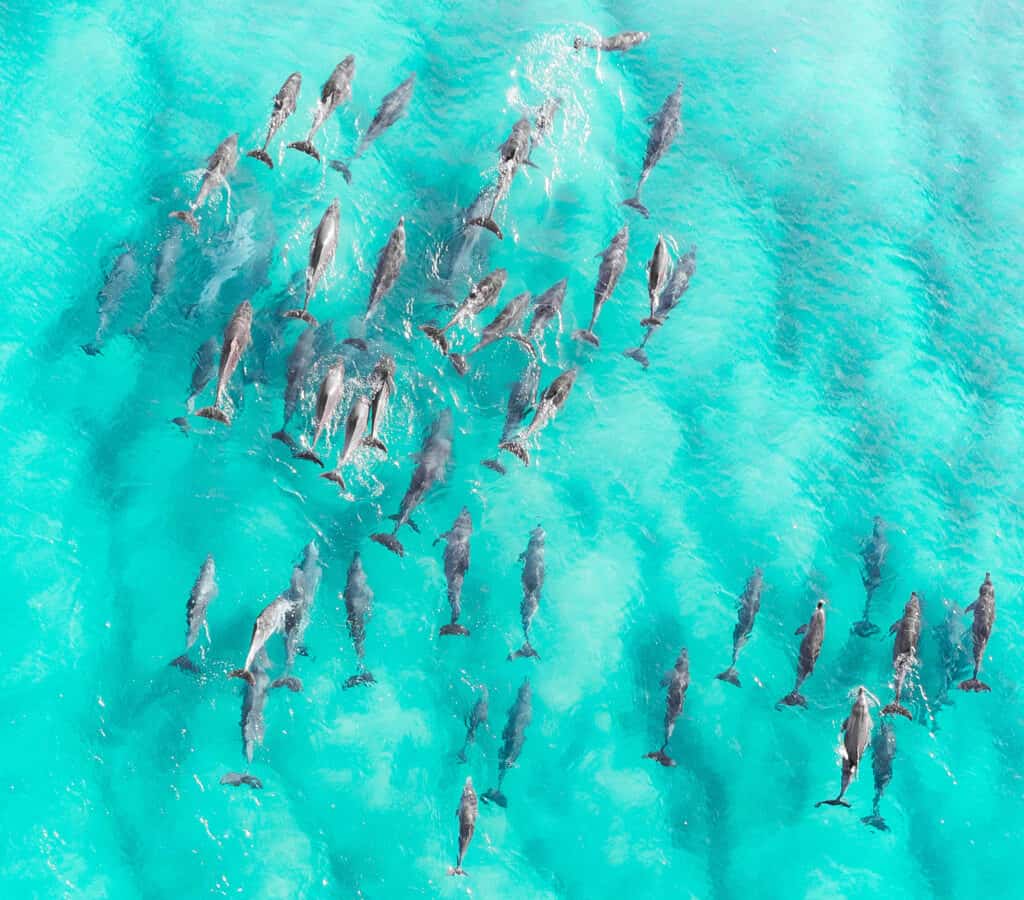
There’s a reason that ocean water has different colors in different locations: it has to do with the sunlight.
©F Photography R/Shutterstock.com
10. Over 95% of International Data and Voice Transfers are Routed Through Submarine Cables
While many believe the internet and other global communications are achieved through satellite, more than 95% of that data is routed through “fiber optic cables that crisscross the world’s seafloors,” according to the NOAA. These submarine cables are crucial for commercial, economic, and national security.
Cable layers, or deep-sea vessels that carry and lay cables on the ocean floor ensure the submarine cables rest appropriately on the flat seafloor. These vessels can navigate around coral reefs, shipwrecks, fish beds, and ecological habitats that might get in the way of the cables.

You can thank the ocean for your WiFi.
©Erin Westgate/Shutterstock.com
Thank you for reading! Have some feedback for us? Contact the AZ Animals editorial team.








